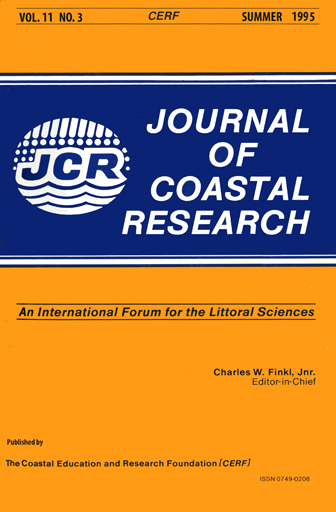Late Holocene Sea-Level Change and Delta Migration, Apalachicola River Region, Northwest Florida, U.S.A.
Keywords:
Sea level, Holocene, geoarchaeology, Gulf of Mexico.Abstract
Late Holocene environmental changes in the lower Apalachicola River region of northwest Florida appear to be a consequence of deltaic lobe-shifting and sea-level change. Sedimentological, archaeological and seismic evidence all indicate a major eastward shift in deltaic deposition approximately 6,000 years ago, when construction of the modem Apalachicola Delta began. The effect is observed in the mid-region of the modern delta as a pronounced change from estuarine to freshwater conditions during the mid- to late Holocene.
Enclosing the modern delta and estuary is a barrier island chain which began to develop about 4,000 years ago. A. change in depositional pattern over time is evident in the barriers, possibly as a response to the continuing eastward shift of the delta. Archaeological evidence from the barriers indicates a minor higher-than-present sea level during the late Holocene. The timing of the high stand is consistent with evidence from other locations in the Southeastern United States.


